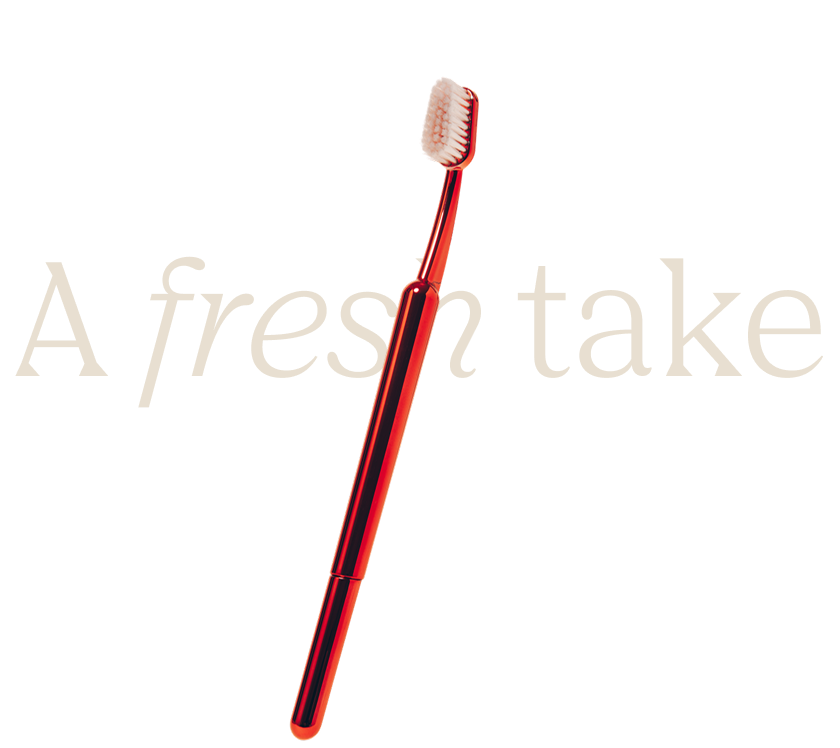From baby teeth to flossing, we’re setting the record straight on five of the most common children’s oral health myths—because the best smiles start with the right information (and the right routine).
Myth #1: Baby Teeth Don’t Matter Because They Fall Out Anyway
The Truth: Baby teeth are the foundation for lifelong oral health.
Yes, baby teeth are temporary—but their role is anything but insignificant. They guide adult teeth into place, support jaw development, and even impact speech and chewing patterns. Losing them too early due to cavities or neglect can lead to misalignment and other long-term dental issues.
What to do: Start oral care early! Even before the first tooth erupts, gently wipe your baby’s gums with a damp cloth. Once teeth appear, brush twice daily with a soft-bristled toothbrush.
Myth #2: Kids Don’t Need to Floss
The Truth: If they have two teeth that touch, they need to floss.
Brushing is essential, but it doesn’t clean between teeth—flossing does. Bacteria and food particles love to hide in those tiny spaces, leading to cavities and gum inflammation.
What to do: Make flossing part of their daily routine as soon as their teeth start touching. If regular floss is tricky, try floss picks or water flossers to make it easier (and more fun!).
Myth #3: Sugar Is the Main Cause of Cavities
The Truth: It’s not just sugar—it’s how long it sits on teeth.
While sugar plays a role in tooth decay, it’s really about how long food particles remain on teeth. Starchy snacks like crackers and chips can be just as harmful because they break down into simple sugars and stick to enamel.
What to do: Encourage rinsing with water after meals and limit constant snacking to reduce prolonged exposure to cavity-causing bacteria. And of course, brush twice a day!
Myth #4: If Kids Brush Well, They Don’t Need Regular Dental Checkups
The Truth: Prevention is key—routine checkups catch issues before they start.
Even with a perfect brushing routine, dentists can spot early signs of decay, alignment issues, and other concerns that parents might miss. Regular visits also help kids develop a positive relationship with dental care, making future appointments easier.
What to do: Schedule dental checkups every six months to keep their smile healthy and catch small concerns before they become bigger problems.
Myth #5: It’s Normal for Kids’ Gums to Bleed When Brushing
The Truth: Bleeding gums are a sign of irritation or early gum disease.
If your child’s gums bleed while brushing or flossing, it’s often due to plaque buildup, inflammation, or improper brushing technique. Healthy gums shouldn’t bleed.
What to do: Ensure they’re brushing gently in circular motions and flossing daily. If bleeding persists, a dentist visit may be needed to rule out gum issues.
Good oral health starts early, and the right habits today can create a lifetime of strong, healthy smiles. That’s why we’re committed to making brushing a ritual kids (and parents) look forward to.
This February, in honor of National Children’s Dental Health Month, TRASK is partnering with America’s ToothFairy to help families in need. For every toothbrush purchased, we’ll donate a children’s toothbrush to a child who needs it.
Because every child deserves a strong start—and a smile they love.











